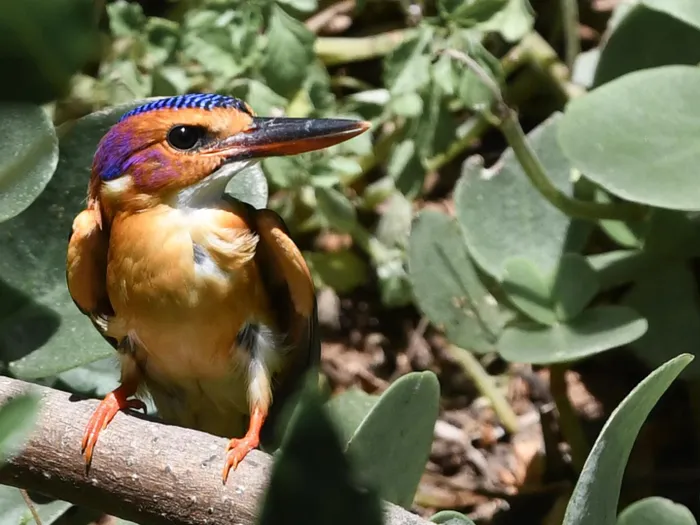Simbithi Eco-Estate celebrates the return of rare and migratory birds

Rare birds like the Spotted Ground Thrush and the African Pygmy Kingfisher have returned to the Simbithi Eco-Estate
Image: Supplied
Simbithi Eco-Estate on the North Coast is celebrating an ecological milestone this winter — the return of several rare and migratory bird species to its protected green spaces.
The sightings coincide with World Migratory Bird Day and highlight Simbithi’s growing reputation as a vital sanctuary along South Africa’s migratory flyways.
One of the season’s most exciting visitors is the endangered Spotted Ground Thrush (Geokichla guttata), a shy forest-dwelling bird that migrates from the Afromontane forests of the Eastern Cape to KwaZulu-Natal in search of a more temperate winter refuge. Its appearance at Simbithi is not just a rare delight for birdwatchers — it is a strong sign that conservation efforts on the estate are working.
“We’re incredibly proud to host a species as rare and sensitive as the Spotted Ground Thrush,” says Ayanda Duma, environmental manager at Simbithi.
“Its return is an ecological barometer — it tells us that our efforts to preserve and rehabilitate natural habitats are having a measurable impact.”
Another star of this winter season is the African Pygmy Kingfisher (Ispidina picta), a dazzling, energetic bird that migrates from other parts of sub-Saharan Africa in search of wetter feeding grounds. It has been spotted flitting through Simbithi’s forests, wetlands, and coastal scrublands — proof of the estate’s rich mosaic of natural habitats.
With nearly 300 bird species recorded — both resident and migratory — Simbithi has become a crucial stop-over for birds navigating vast distances during migration. Its carefully preserved green belts, including wetlands, riparian corridors, and patches of coastal forest, are proving essential in a world where urbanisation continues to fragment natural ecosystems.
But this success story didn’t happen by chance.
Mr Duma said over the years, Simbithi has embraced community-driven environmental stewardship. “Through regular Enviro Days, residents are encouraged to plant indigenous vegetation, create bird-friendly gardens, reduce pesticide use, and learn about the seasonal patterns of visiting species. These initiatives have helped foster an eco-conscious community where wildlife and human development can coexist,” he said.
Supporting this work is the estate’s active Birding Group — a team of residents and birding enthusiasts who conduct surveys, monitor nesting areas, and share data with global citizen science platforms such as BirdLasser and eBird. Their efforts feed into larger conservation research projects and help track the health of migratory populations.
“These community projects show how local action can make a global difference,” says Mr Duma. “Our data contributes to understanding migration routes, identifying threats, and protecting species under pressure from climate change and habitat loss.”
The estate encourages locals to play their part by planting nectar-rich indigenous plants, reducing light pollution during peak migration months, and spreading awareness about bird-friendly practices.
“Migratory birds face immense challenges,” said Mr Duma. “But when one chooses your garden as a seasonal home, you realise how connected we all are to this global story. Every indigenous plant, every birdbath, every garden without chemicals — it all makes a difference.”

African Pygmy Kingfisher
Image: Supplied